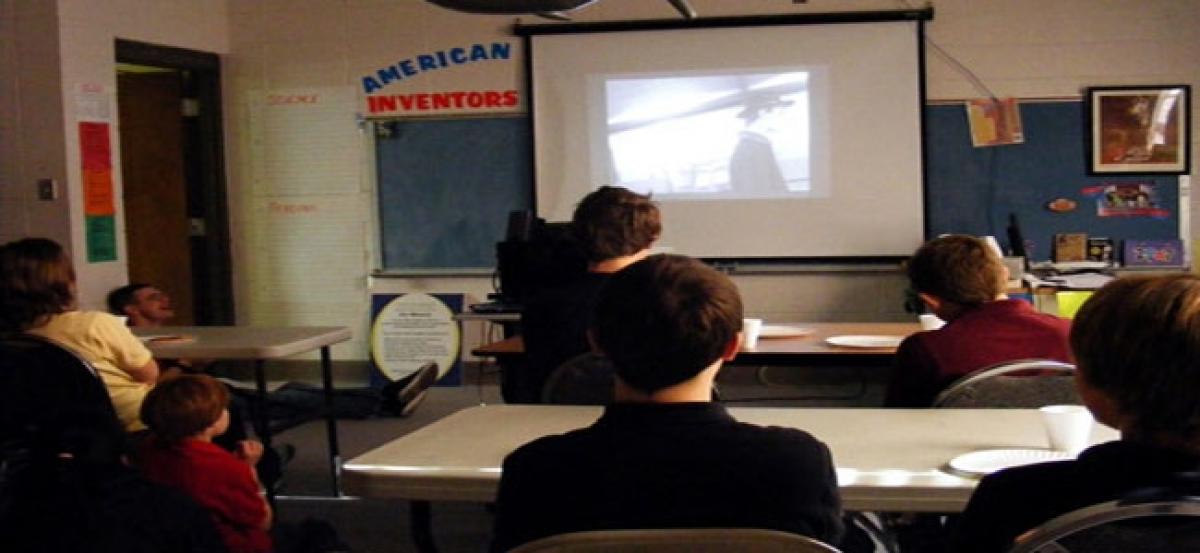Just In

Antonia Clarke a freelancer from the U.K in “The Power of Video” writes about the revolution of video in English Language Teaching. What is meant by video revolution? Over recent years, YouTube has become the second most popular site on the internet, beaten only by Google. The video is found everywhere. In household functions to educational programmes, videos are created.
Antonia Clarke a freelancer from the U.K in “The Power of Video” writes about the revolution of video in English Language Teaching. What is meant by video revolution? Over recent years, YouTube has become the second most popular site on the internet, beaten only by Google. The video is found everywhere. In household functions to educational programmes, videos are created.
In Telangana, digital classes have been introduced to overcome the shortage of teachers in government schools. But, what it looks is even with sufficient infrastructure and staff videos can be made use of for multi-talented students.
Cognition: It is the process of obtaining knowledge through thinking, experience and the senses. The human brain is formed in left and right hemisphere. The left brain is responsible for both spoken and written language. The figurative use of language and the emotional expression of language are processed on the right side of the brain.
What is the activity that brings balance in the process of left and right side brain? Playing of the video. Video cannot replace the teacher before a video lesson is transmitted, a teacher has to give the introduction to students about the lesson. During the process, she or he should monitor the students' participation. After the video lesson is over, the teacher will ask questions about the video lesson. Then record the performance of students.
Language: The English language is dynamic, expansive and fluid. The dynamic nature talks of usage of English in the different context. That's how language becomes new. Video lesson helps students and teachers in a number of ways, for example, a verb tense of phrasal verbs. It reinforces their knowledge of English language.
They repeatedly hear and understand bits of language that are familiar to them. This enables the students to consolidate language, may be to focus on another aspect of its use- the intonation, pronunciation.
Engaging the emotions: One of the functions of language is to make clear about one's emotions.
The readers are there with the writer while reading the piece of text. This is nothing but they are able to understand the emotions. Thus, Video lesson certainly engages the emotions, and this is critical for learning. Emotions means, empathy, sadness, humour. And this works on learning switch-the amygdale, in the brain. It is like- Deja Vu- learning you do will be more memorable and more durable.
Visual Literacy: In fact, in 1982 UNESCO declared that “ the school and the family share the responsibility of preparing the young person for living in a world of powerful images, words and sounds.’ Just like a picture is worth a thousand words; Video is also better than a thousand words.
Thus technology and teaching resources if combined could bring long-lasting results for students and teachers.
By Dr G Mary Sunanda

© 2024 Hyderabad Media House Limited/The Hans India. All rights reserved. Powered by hocalwire.com







